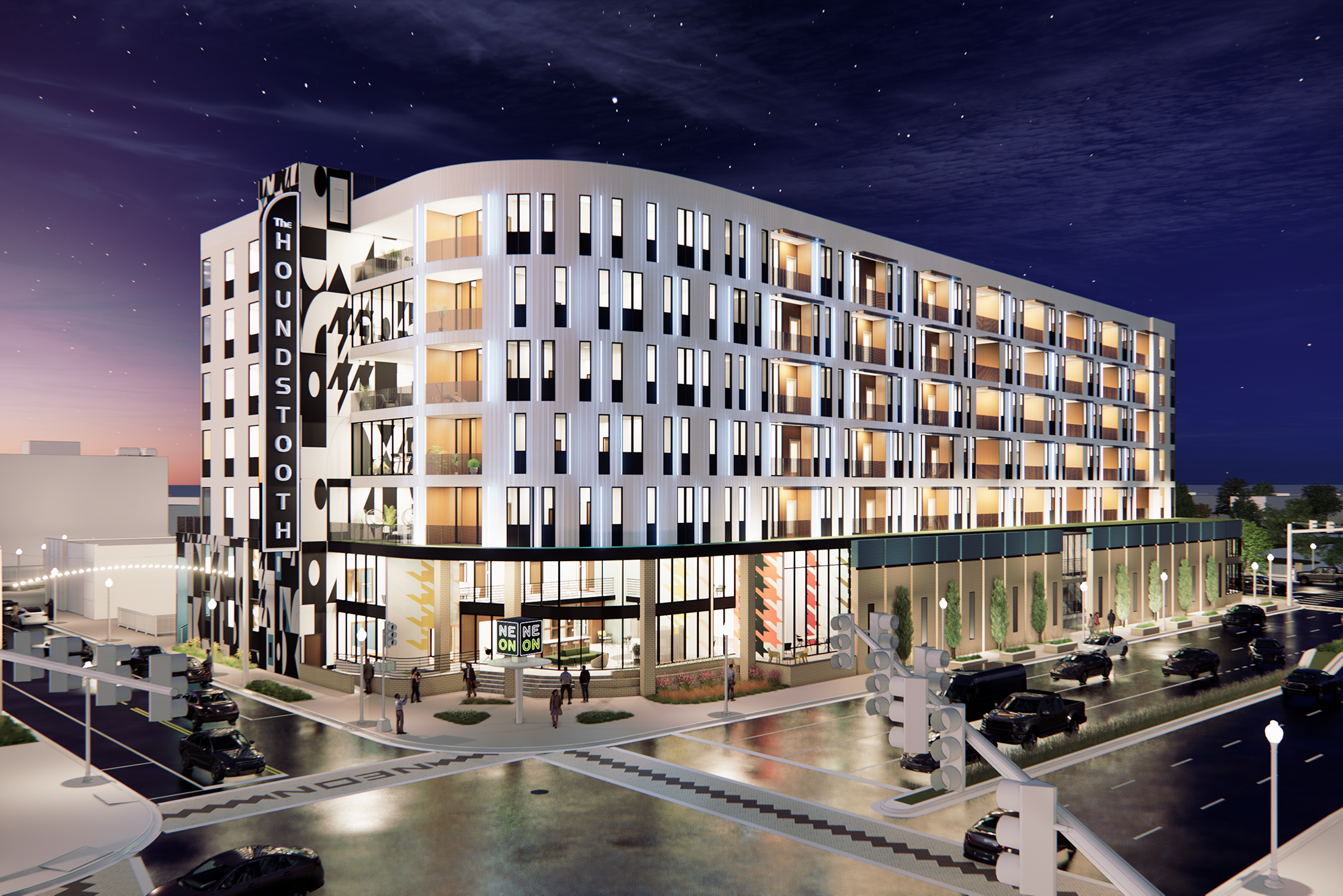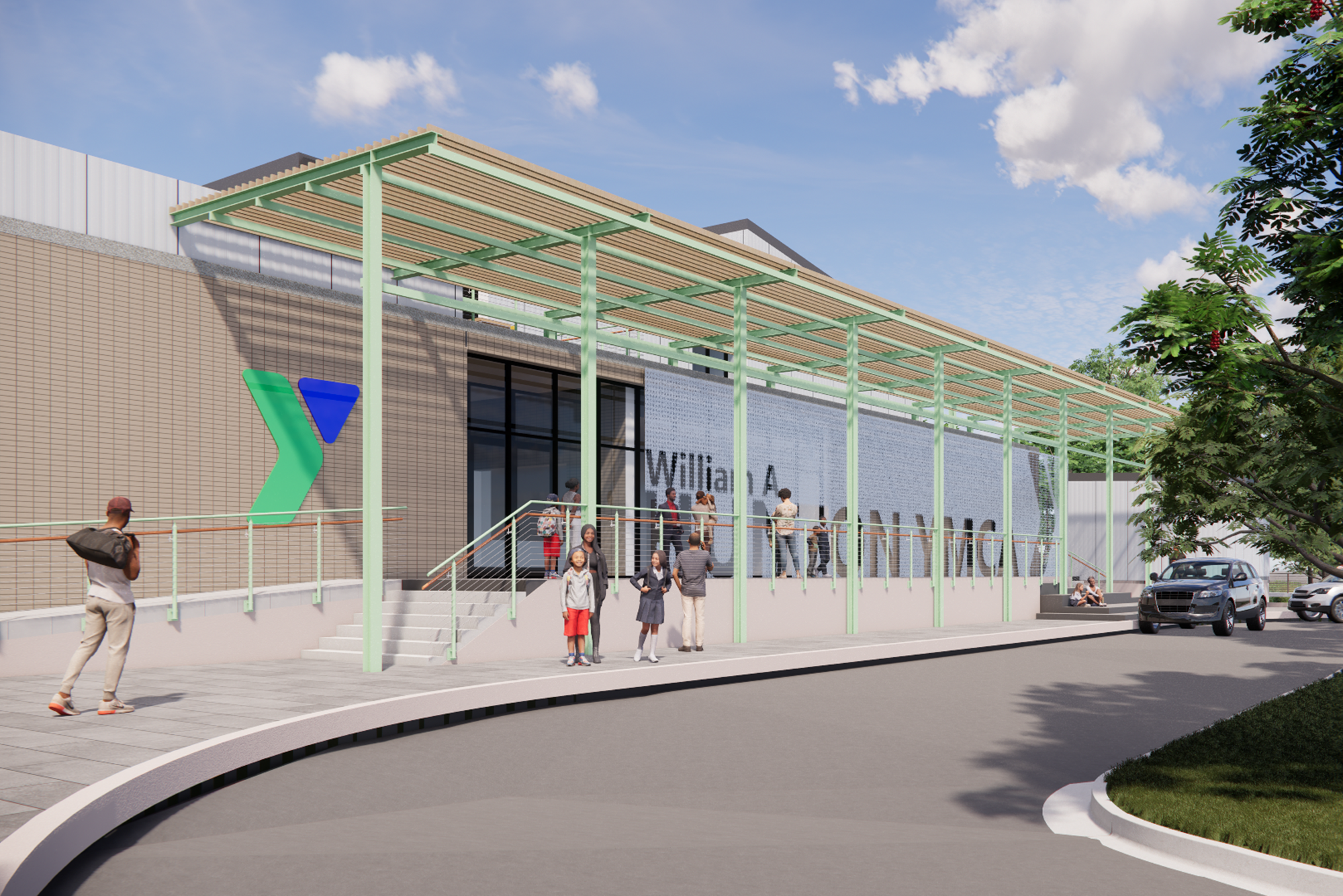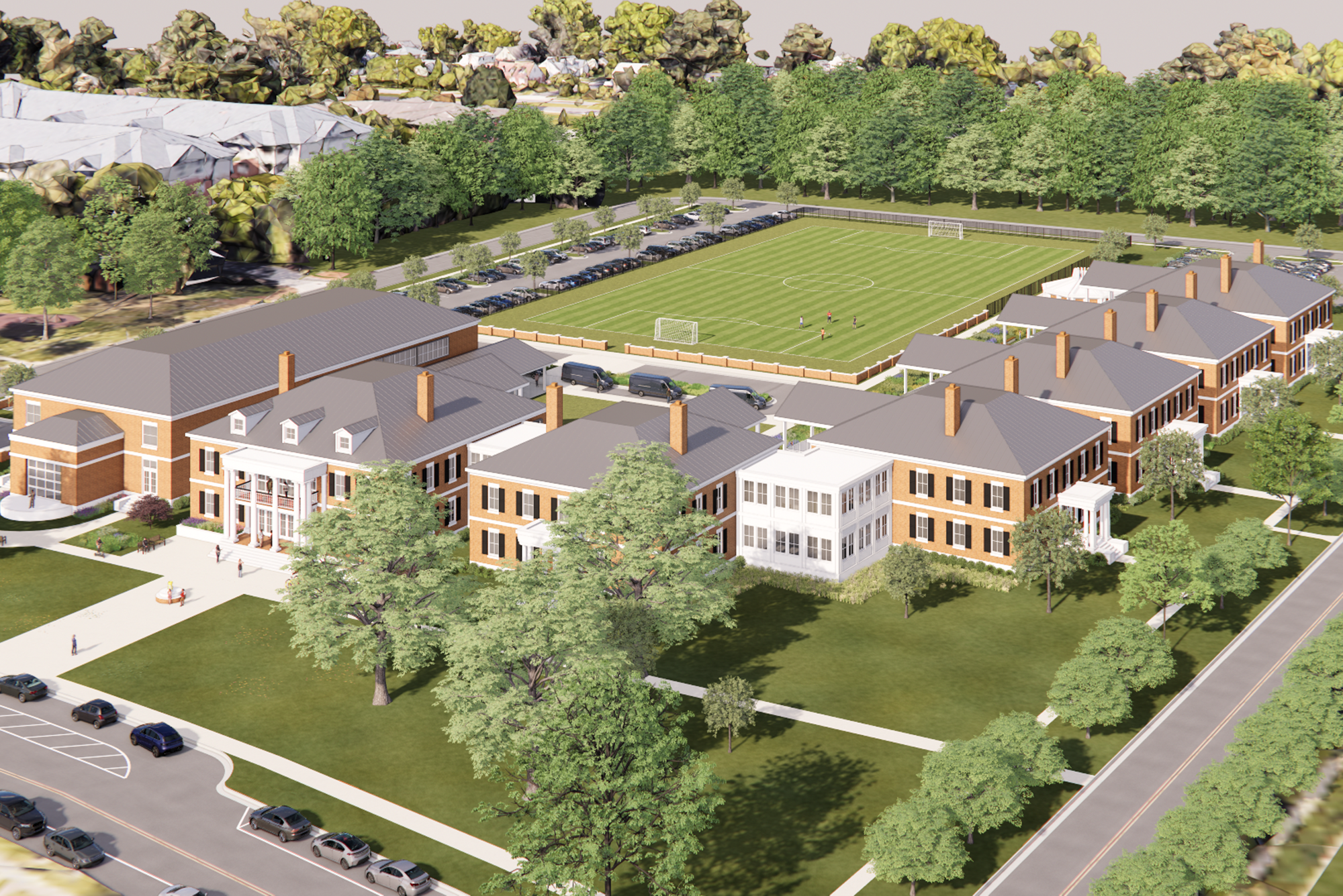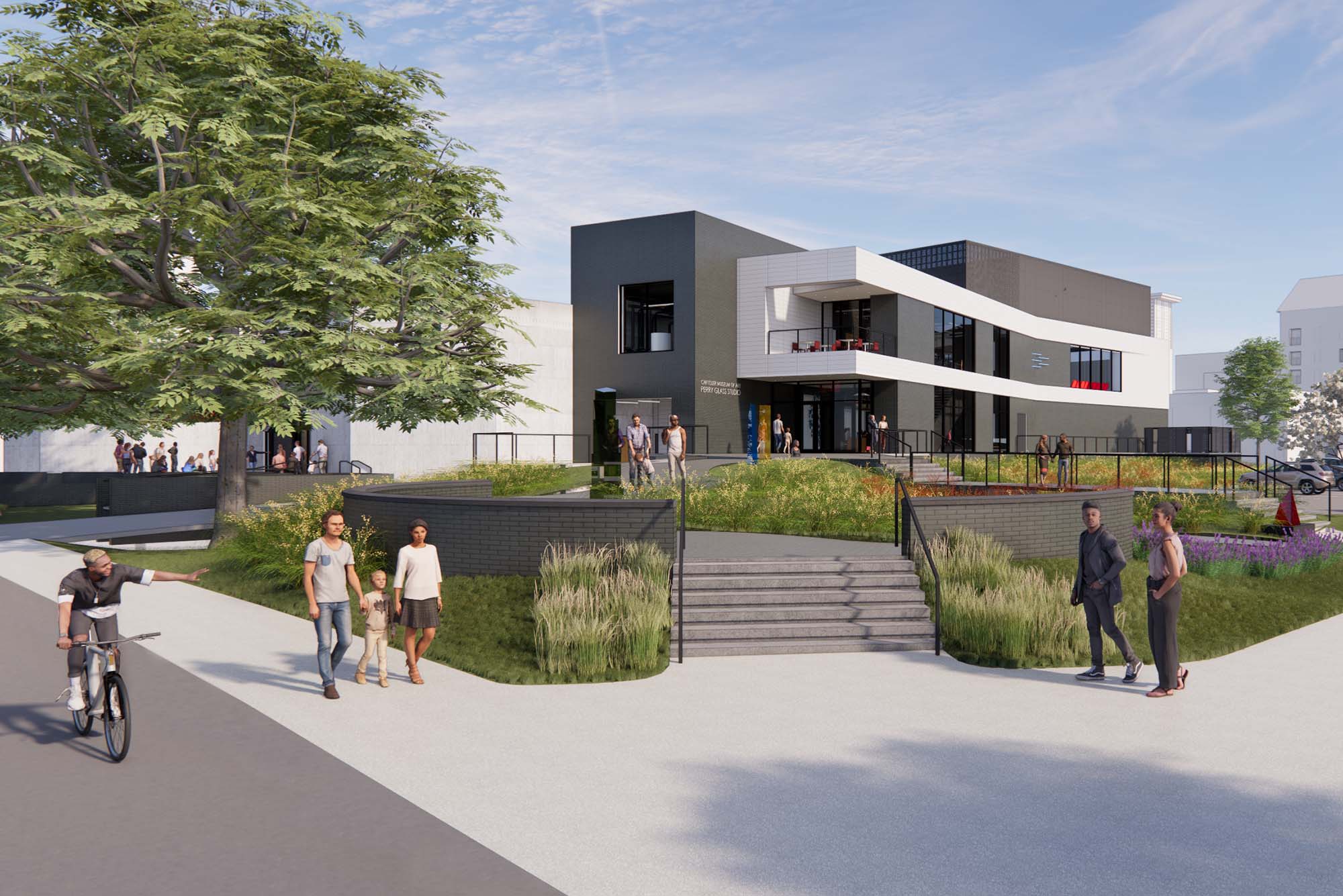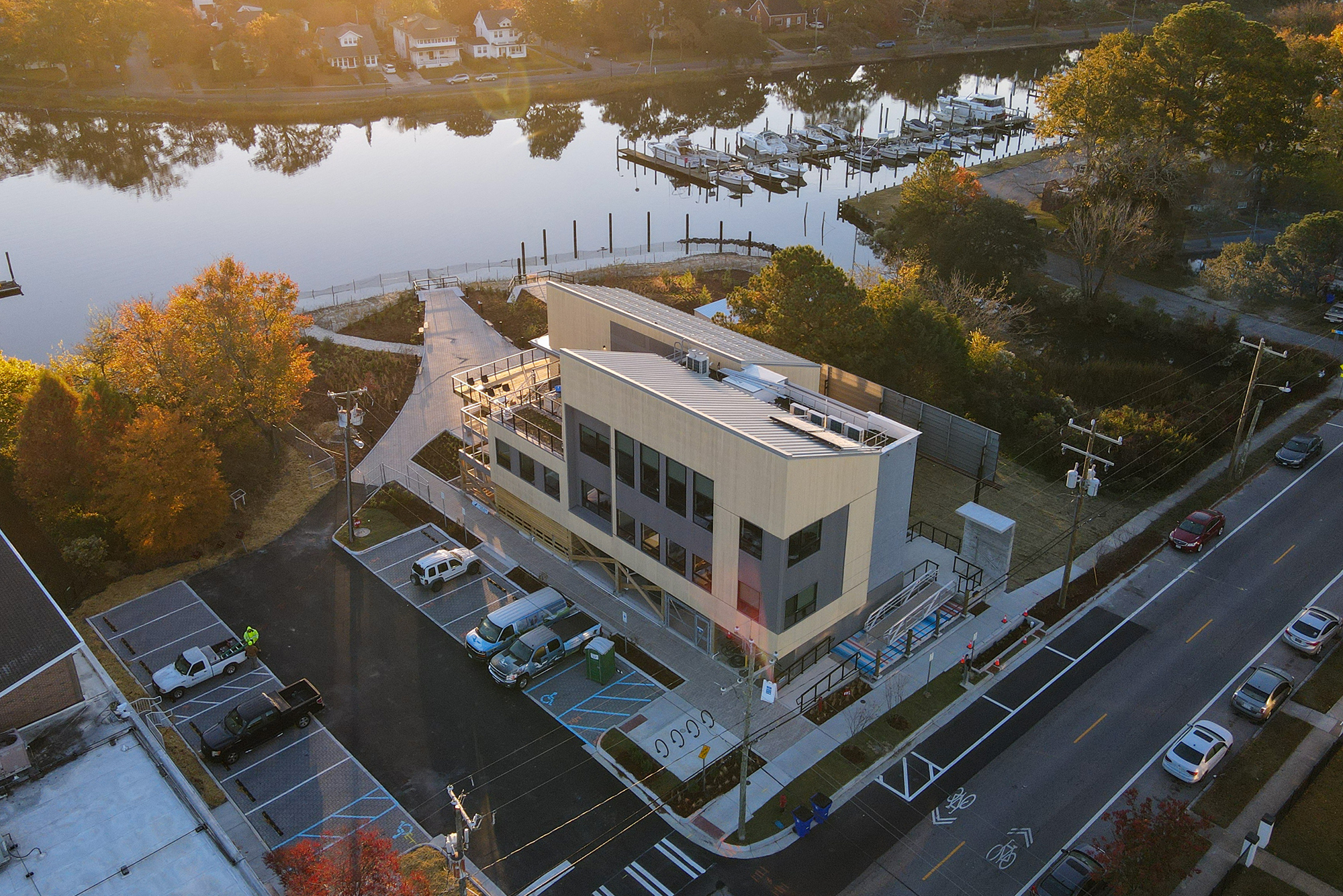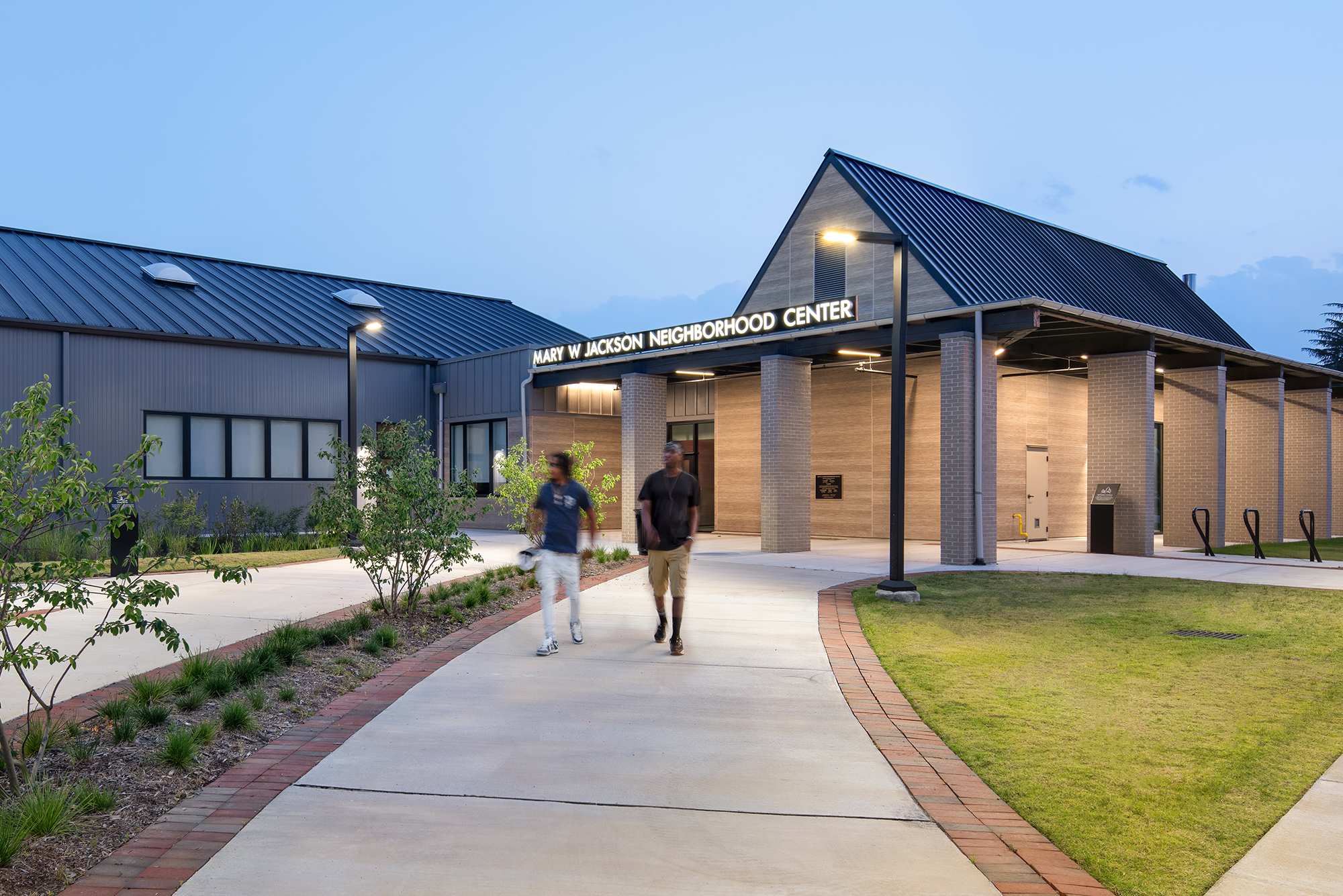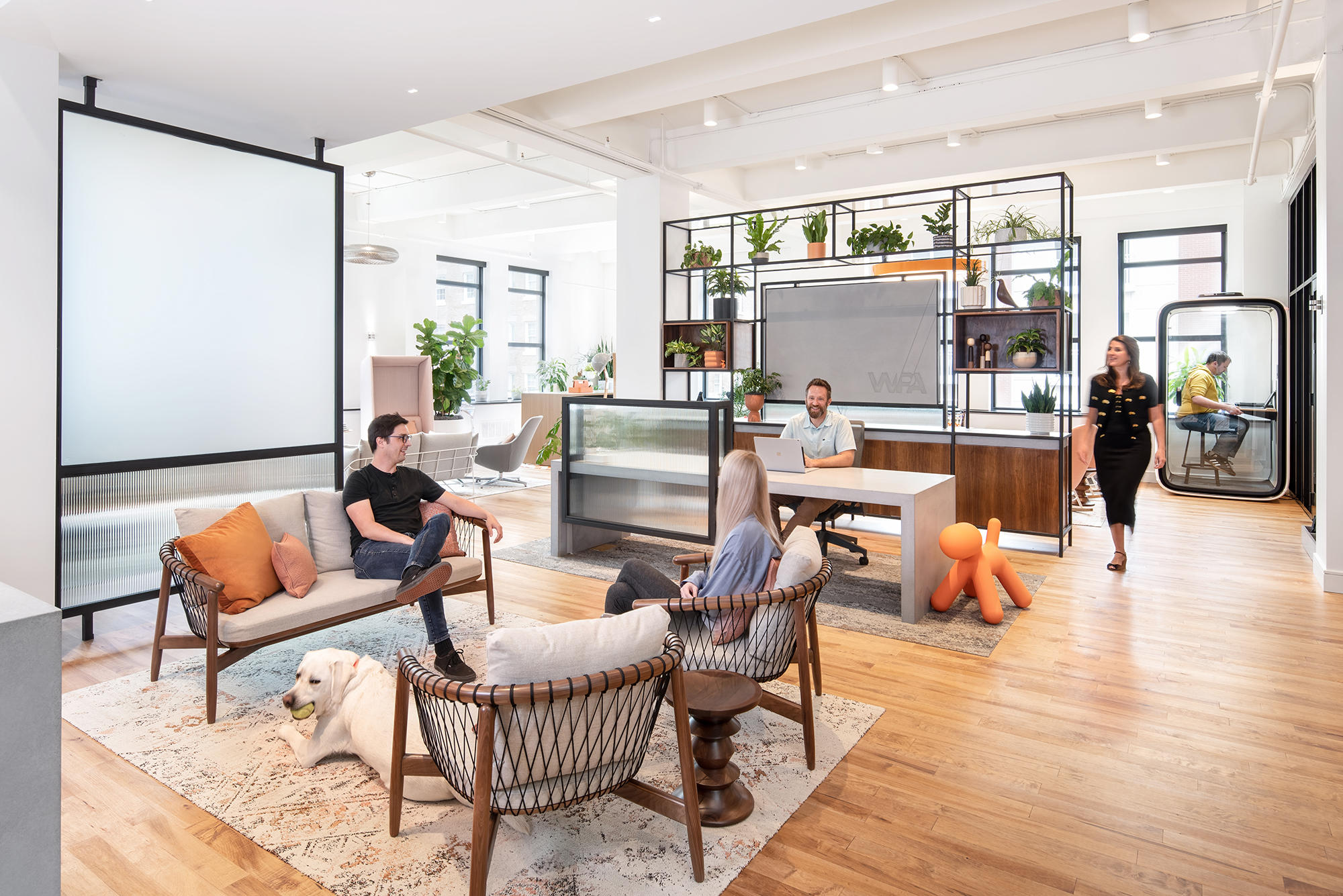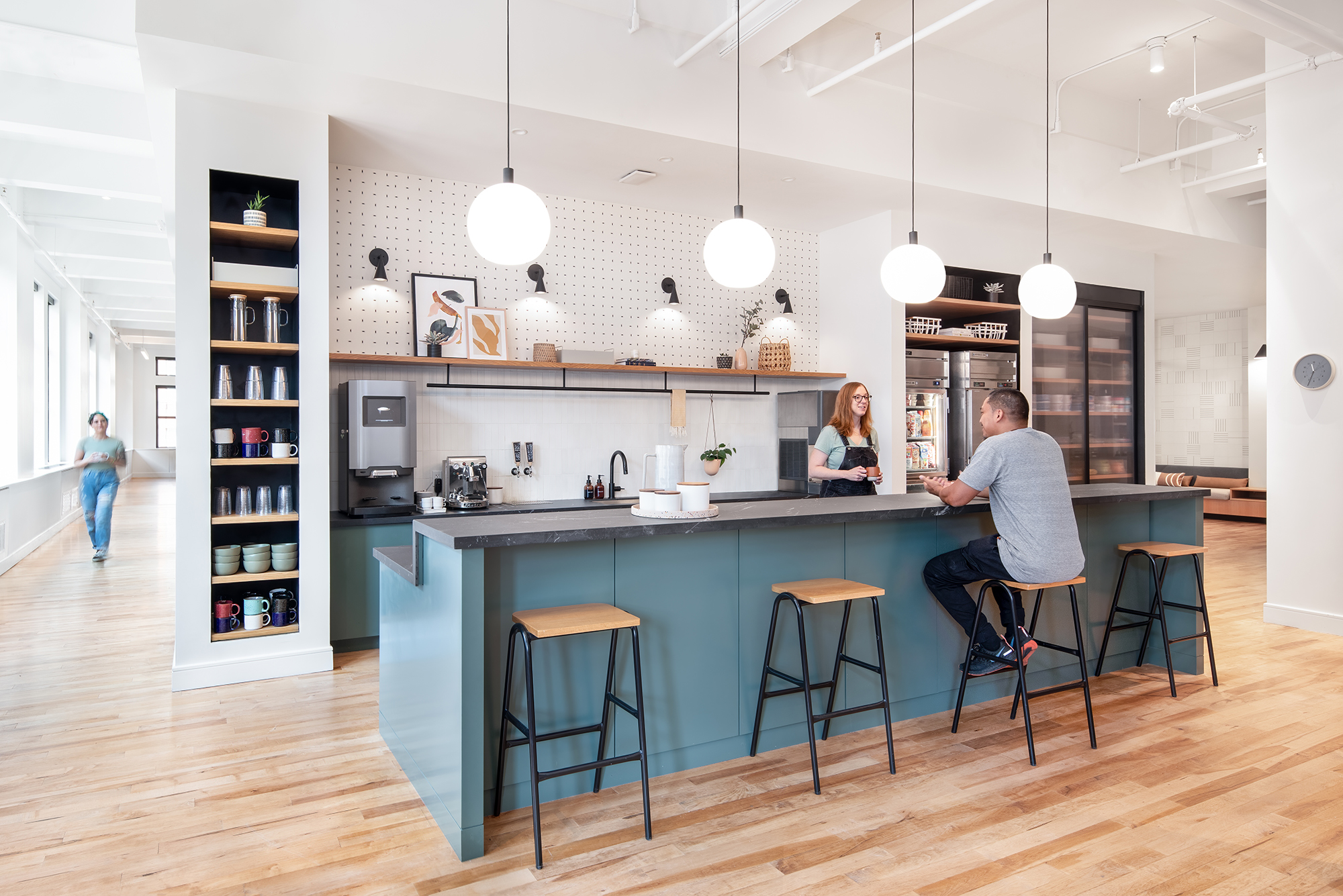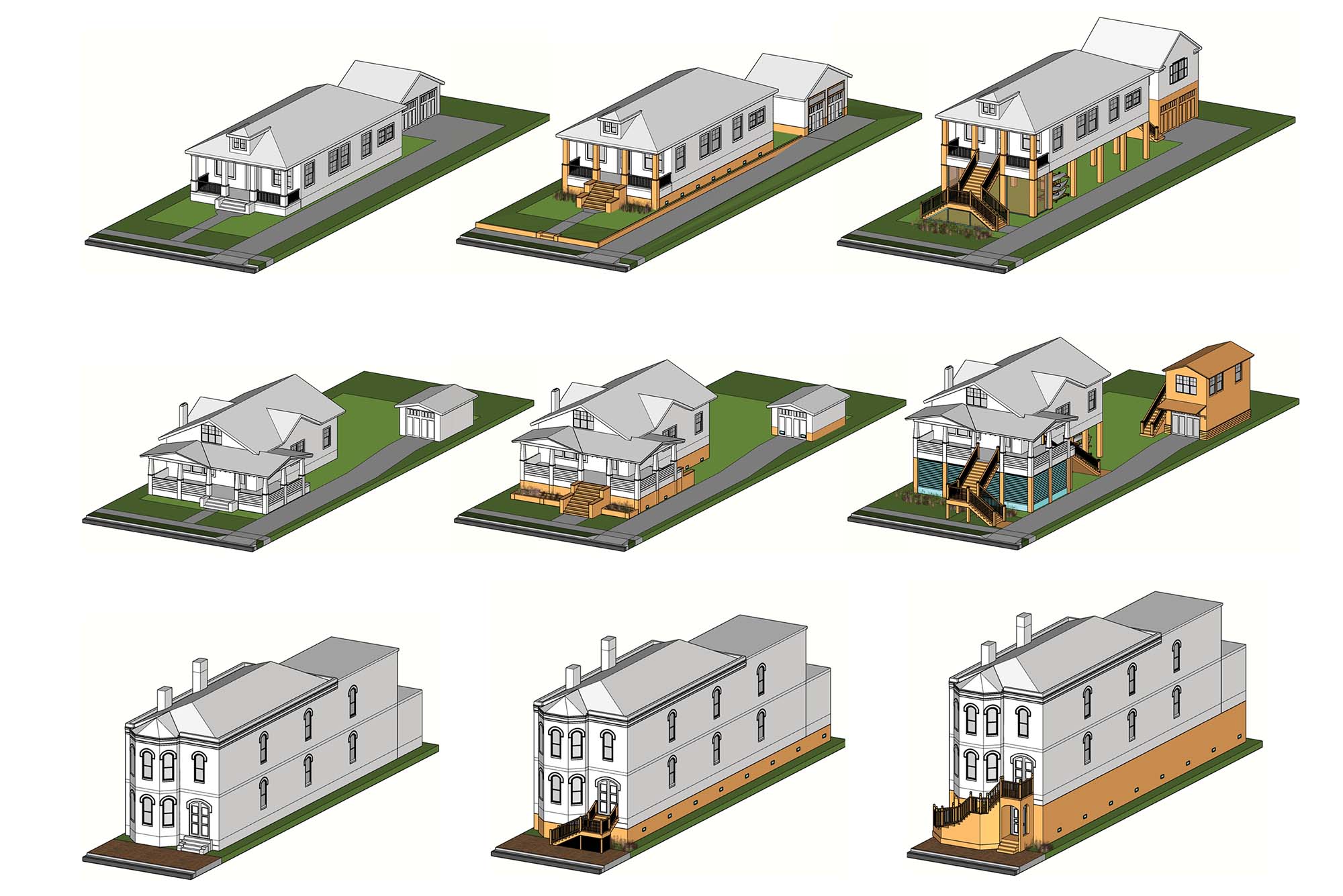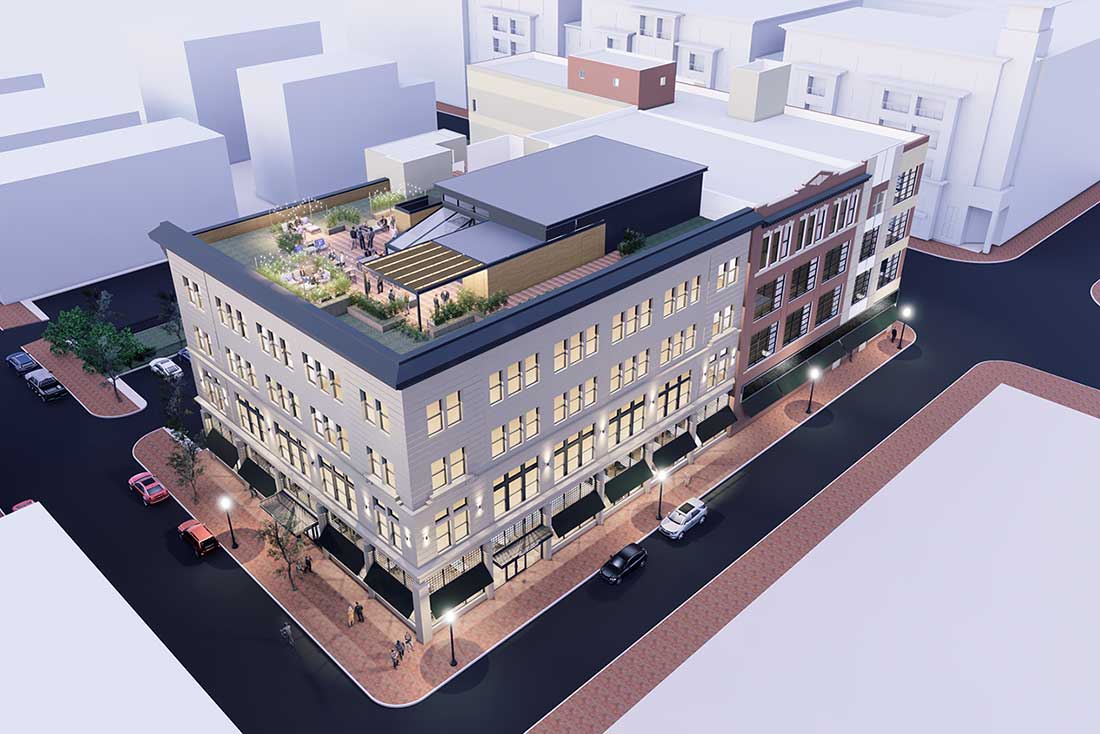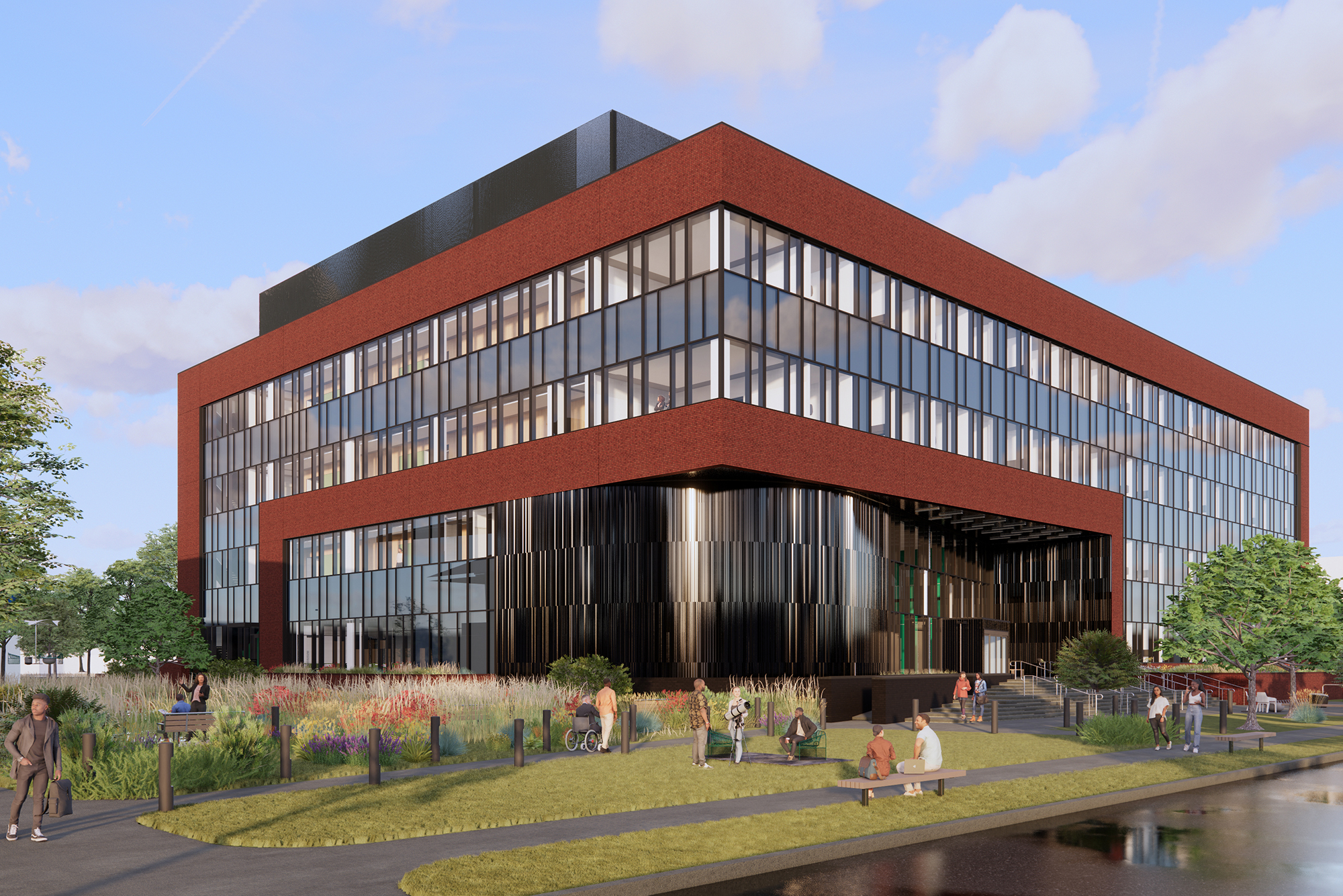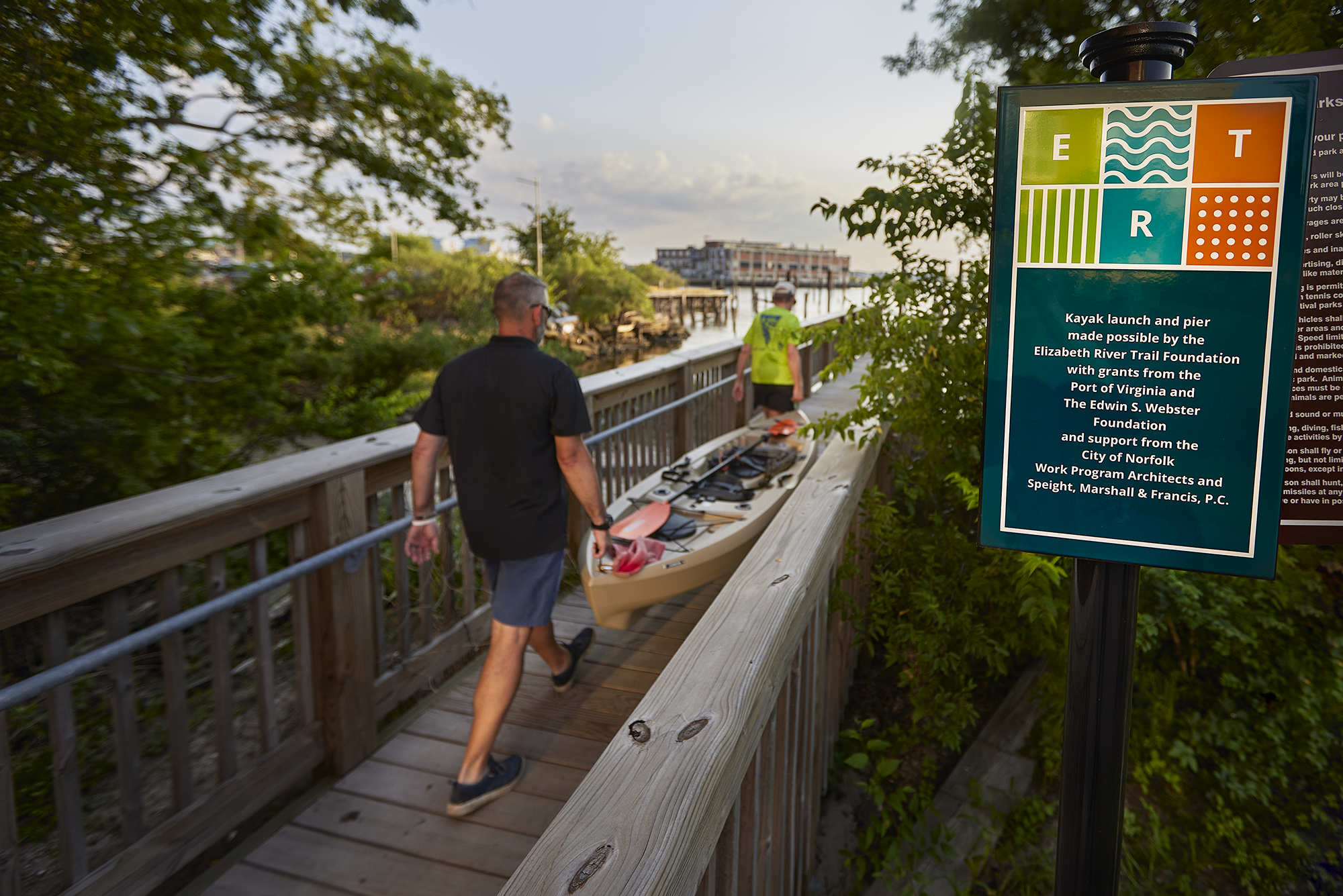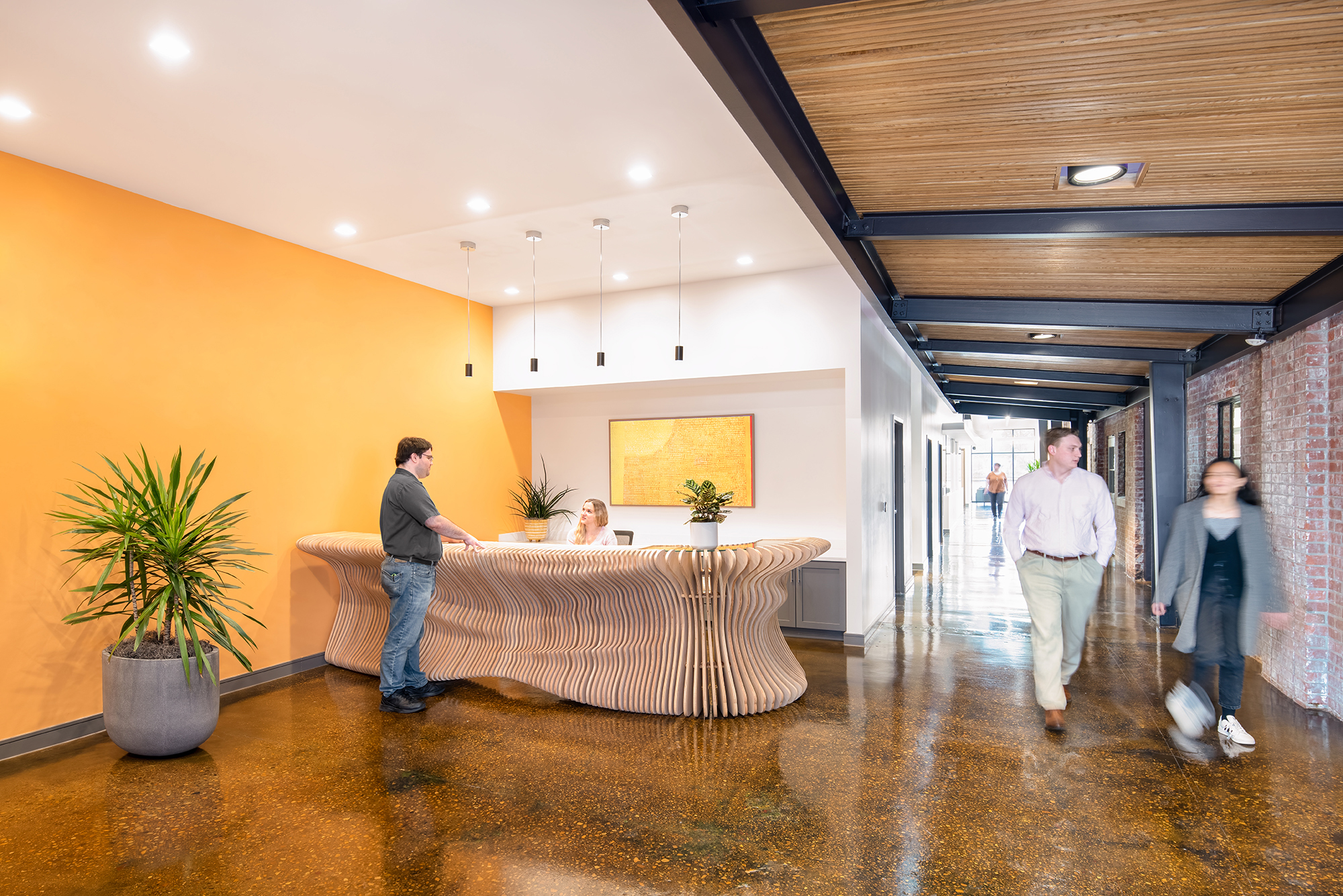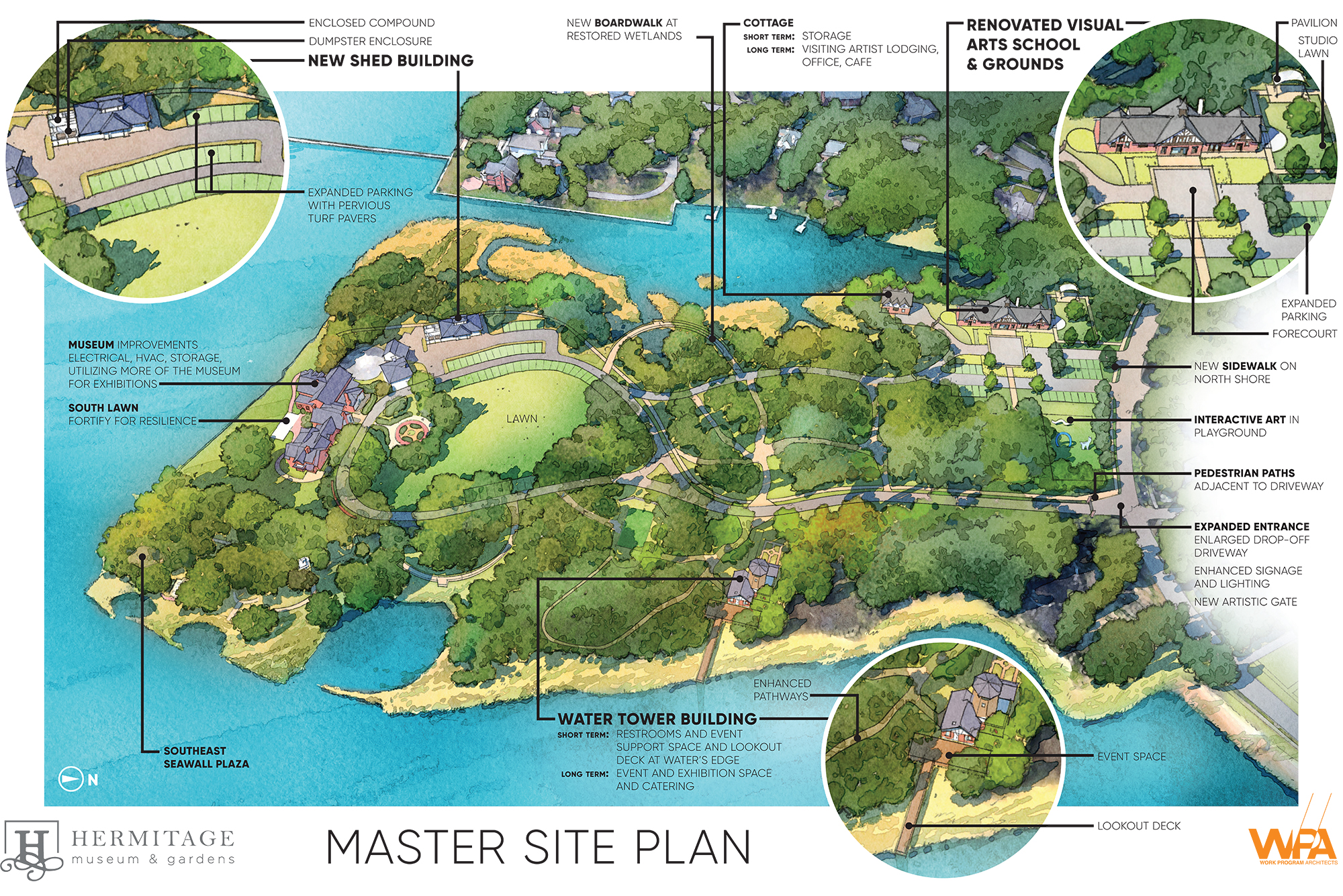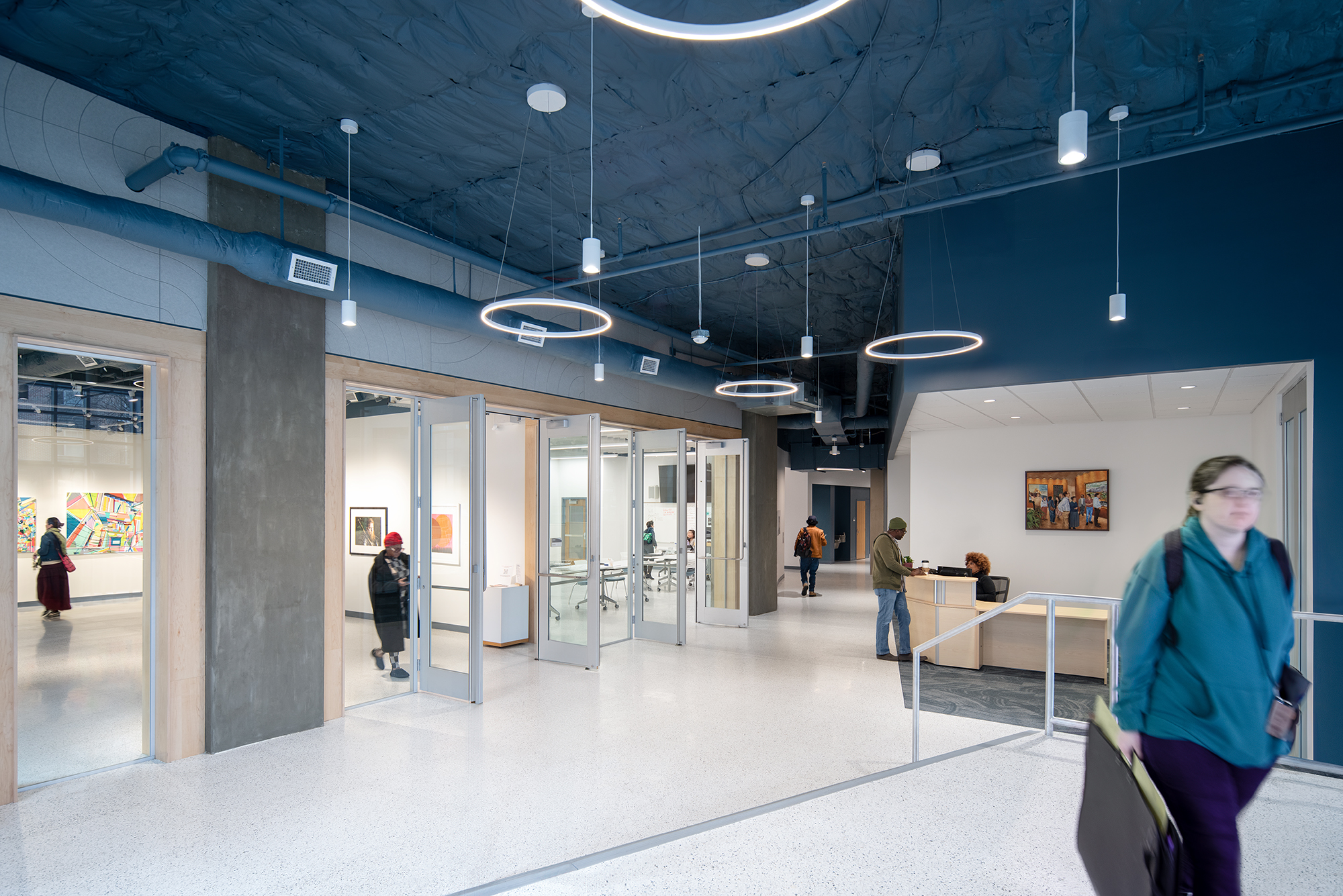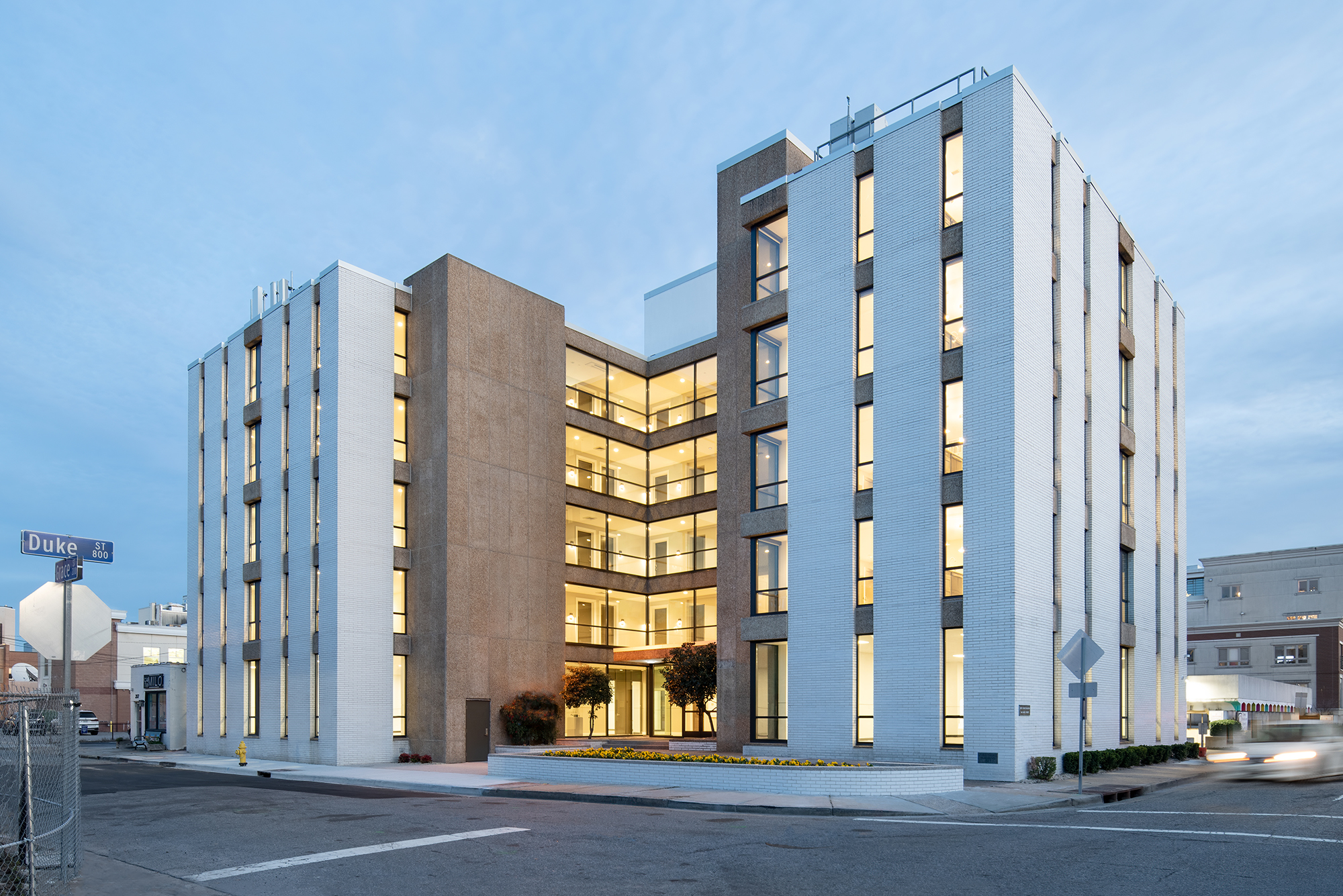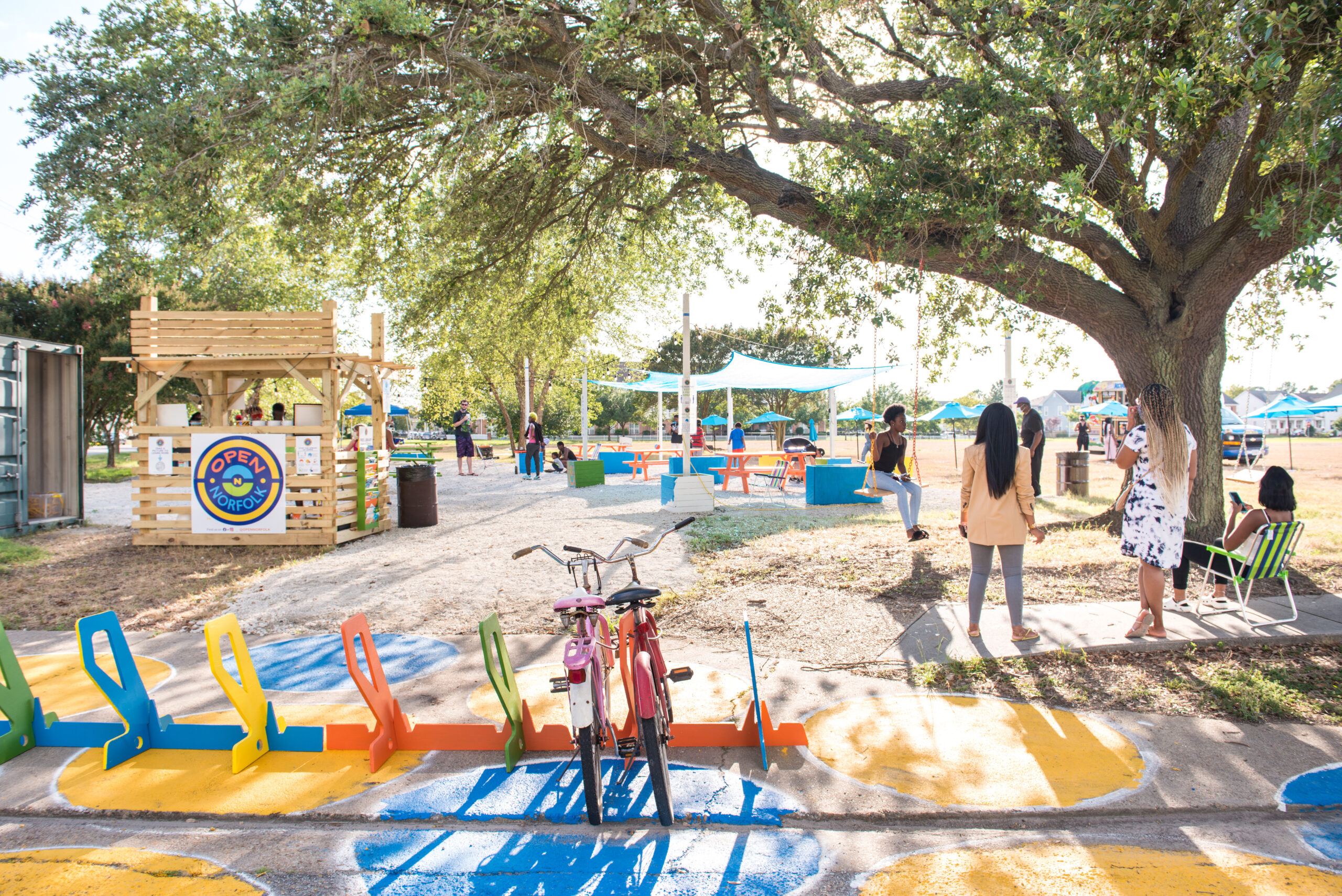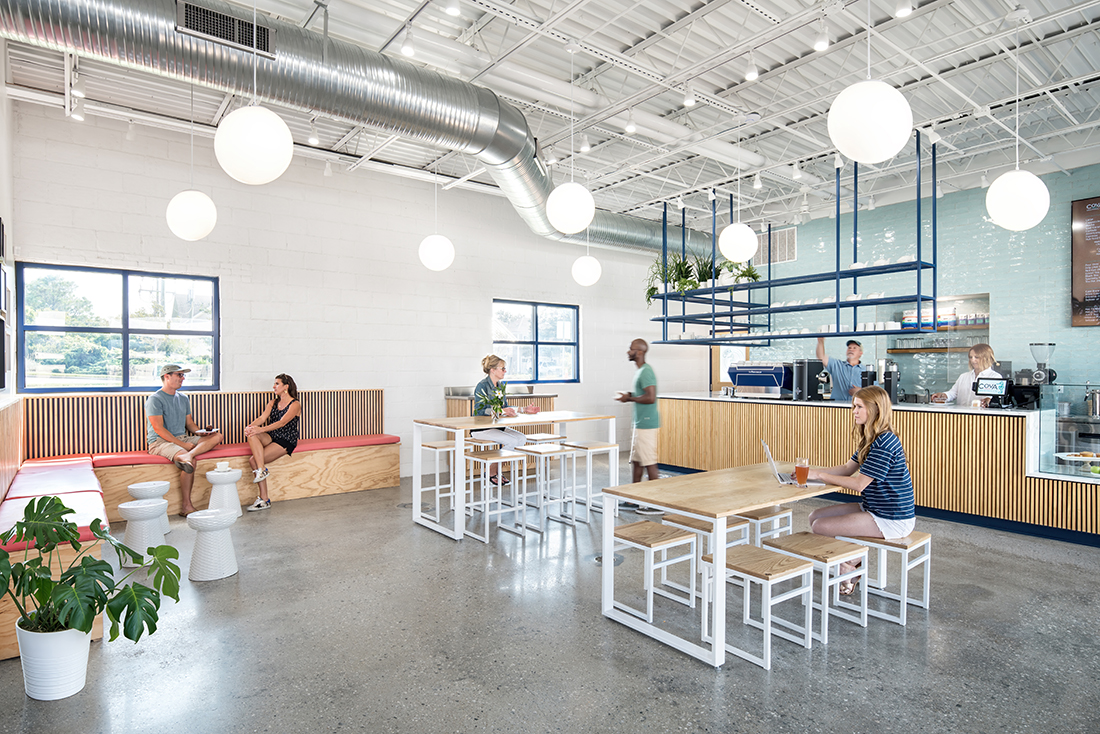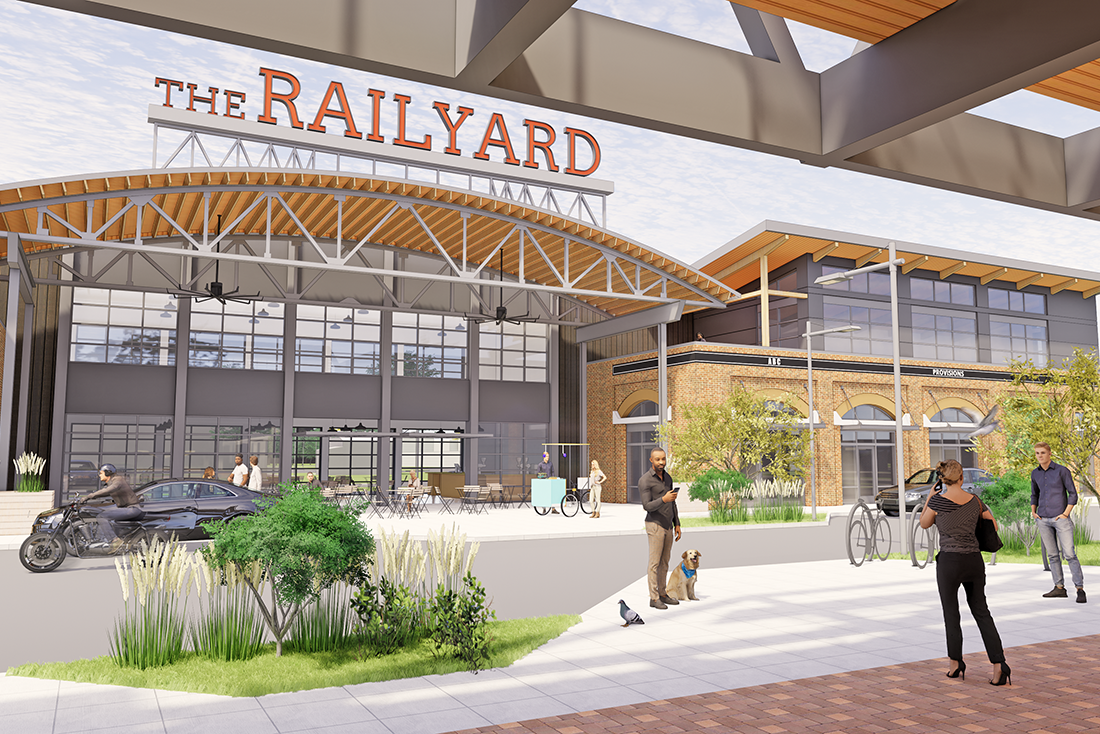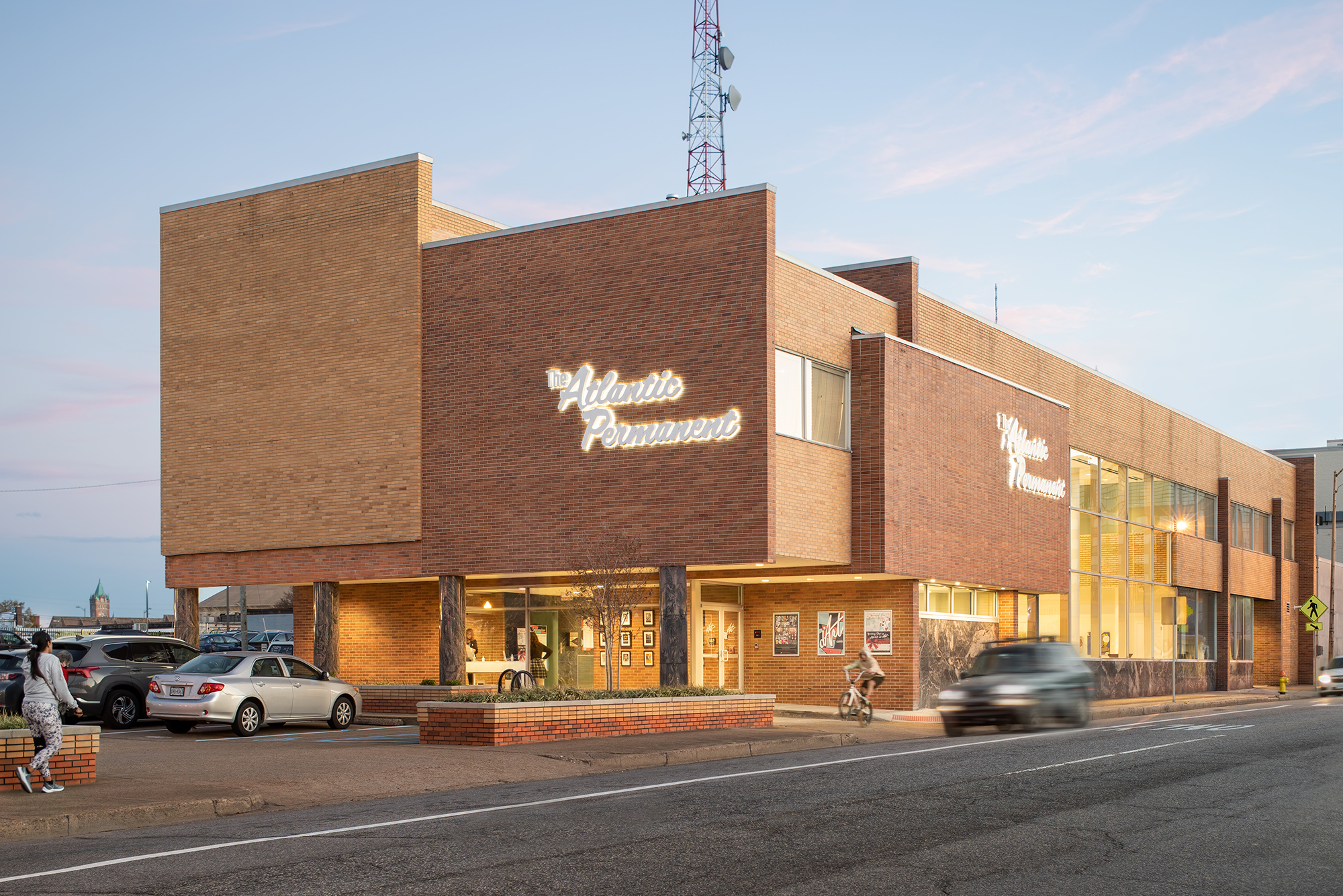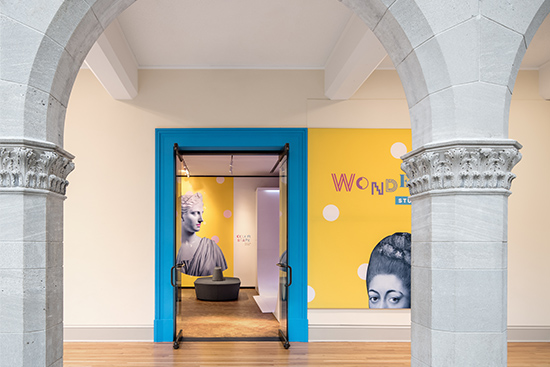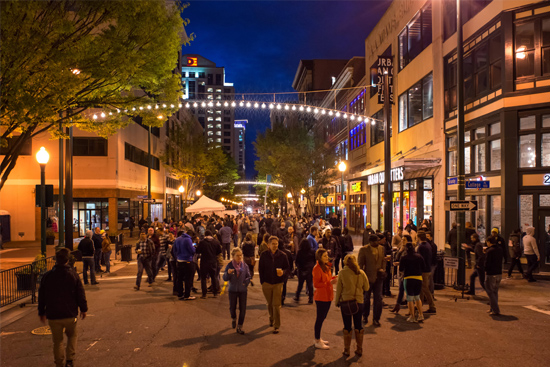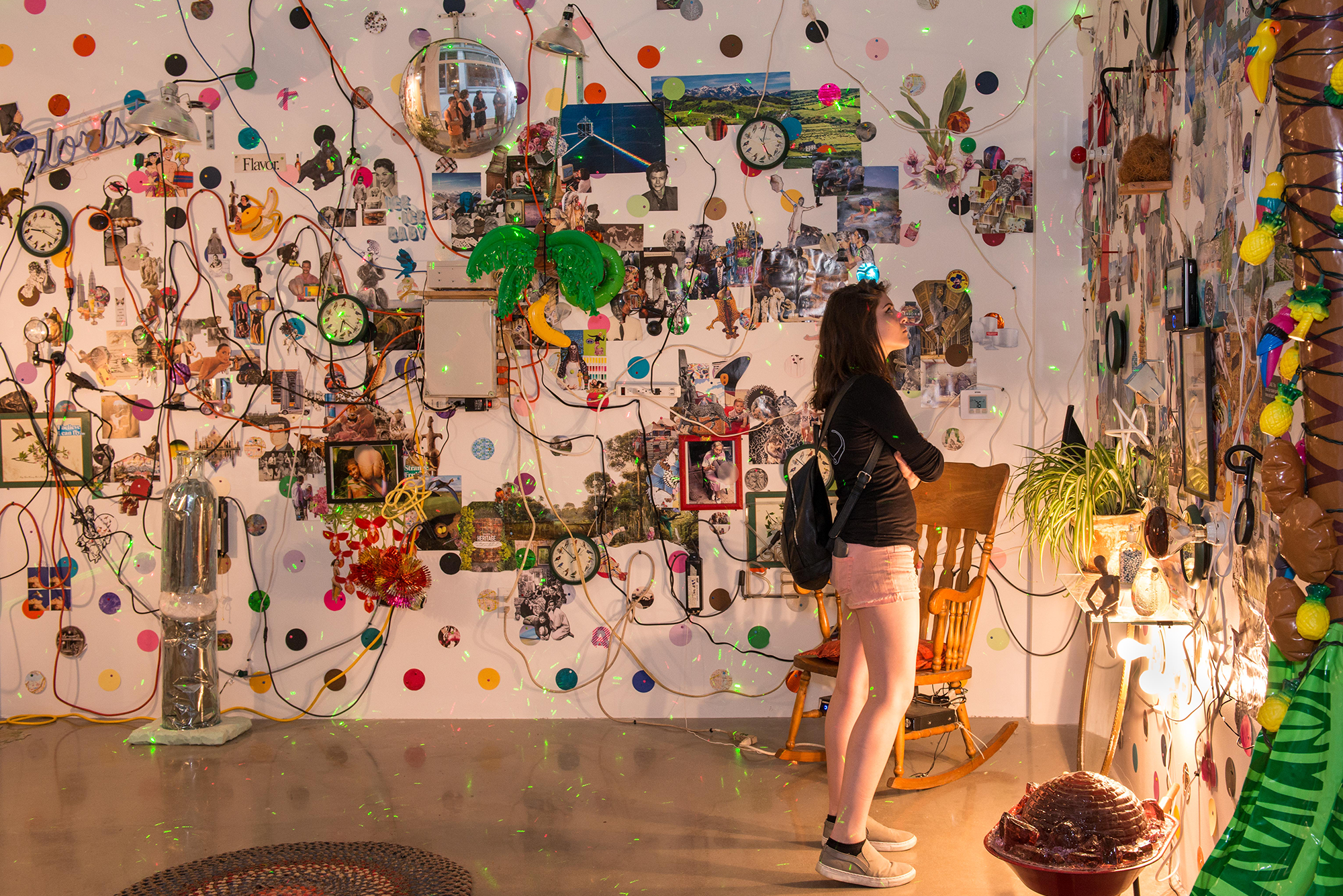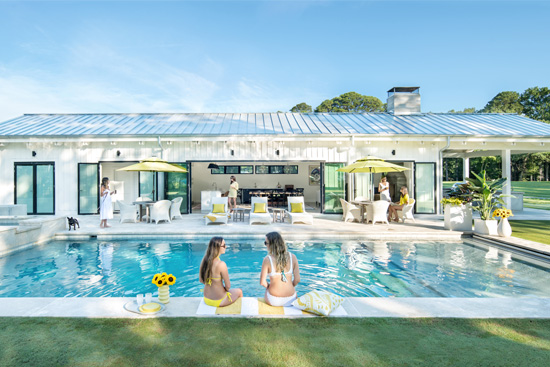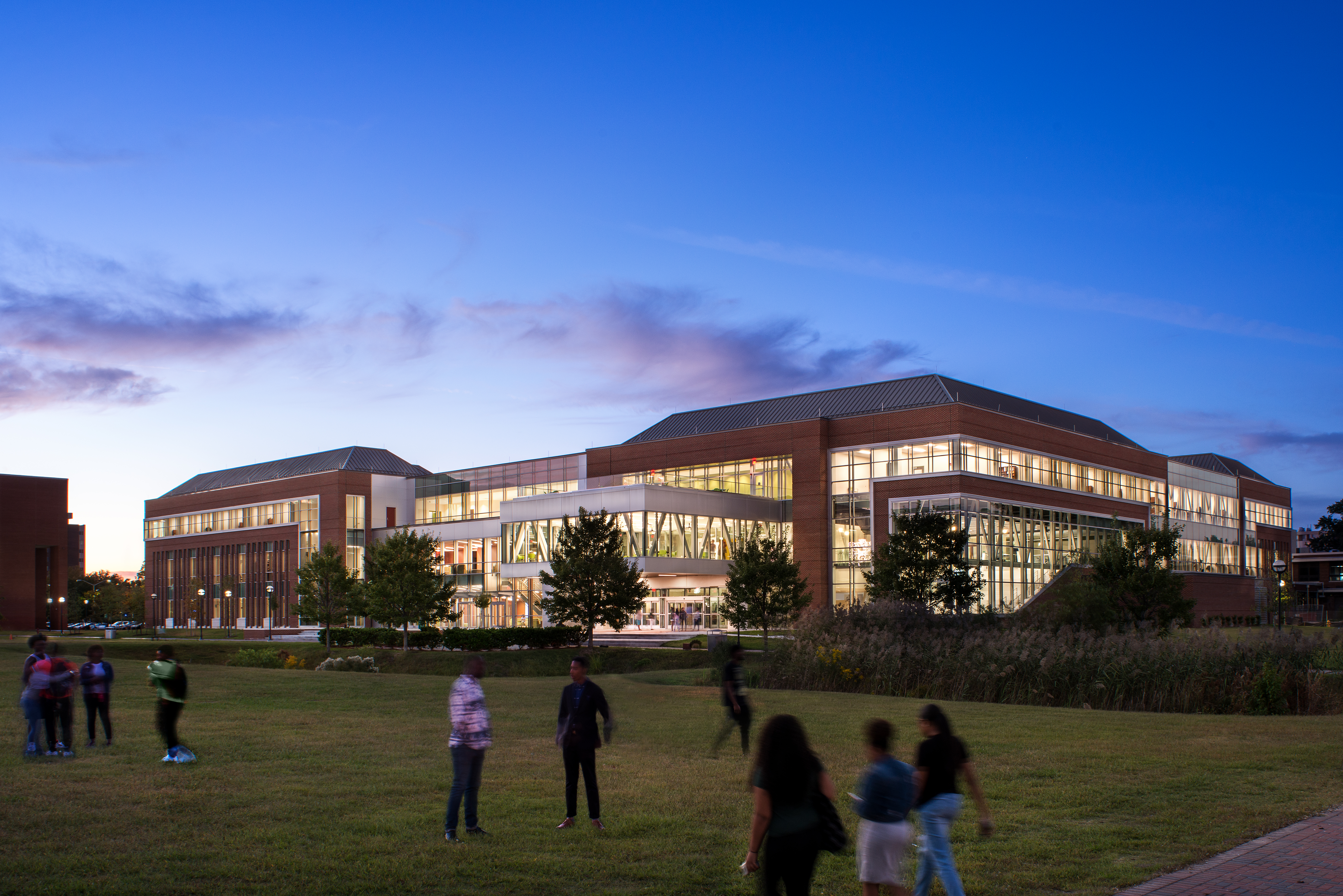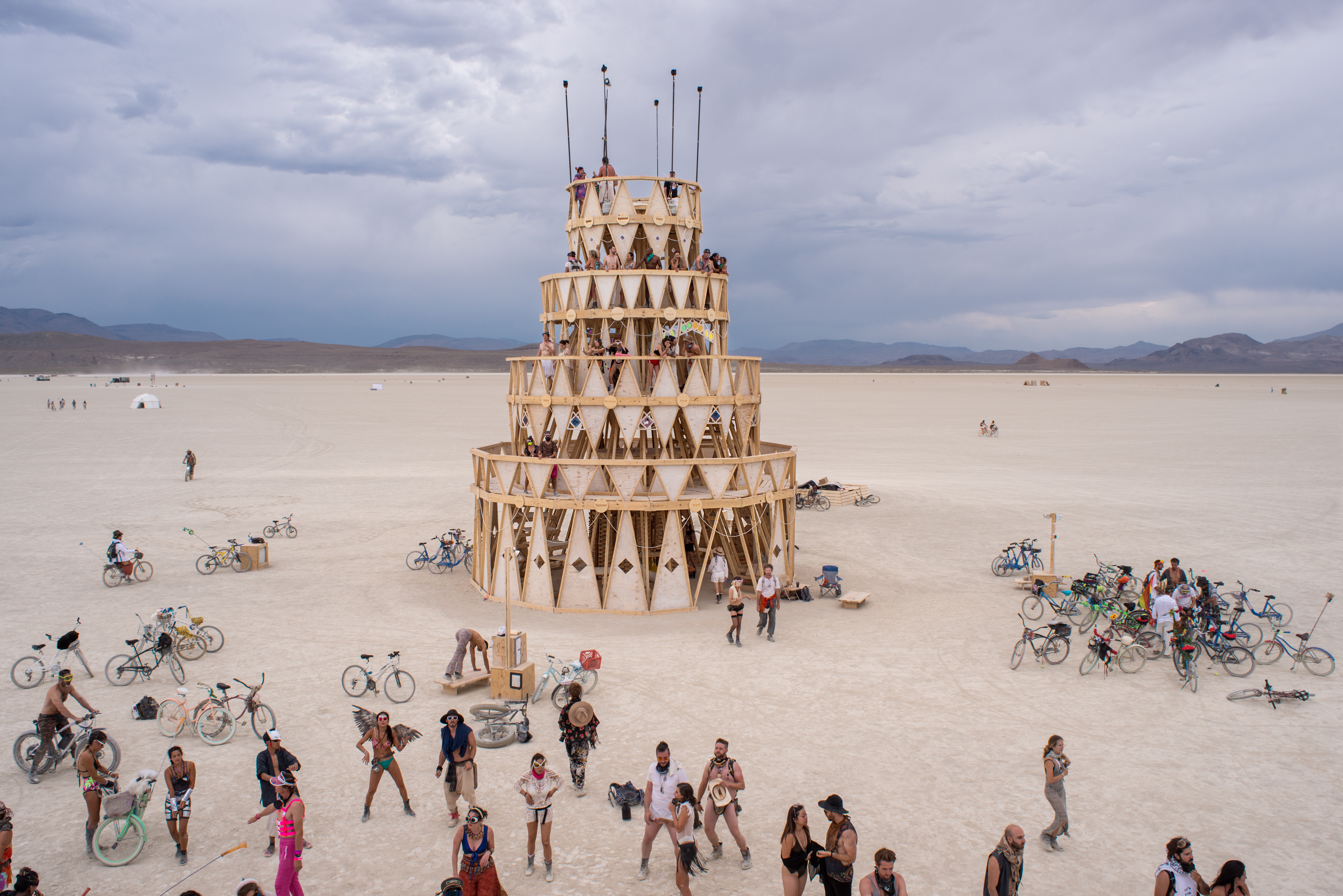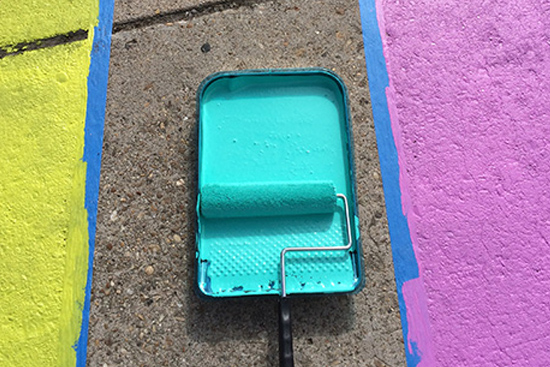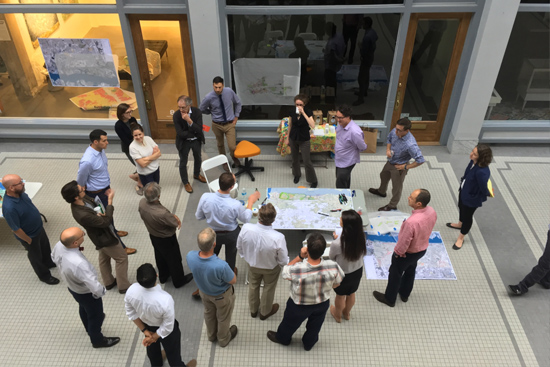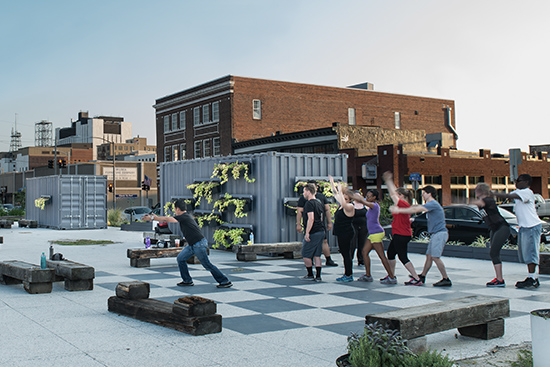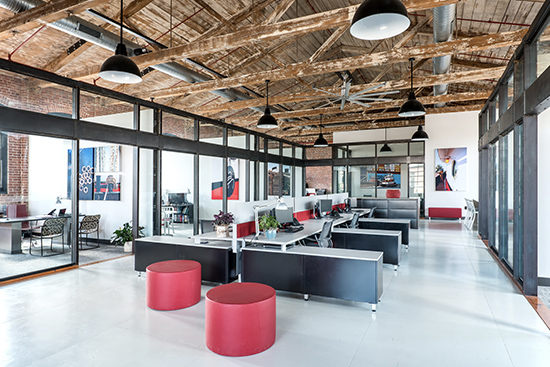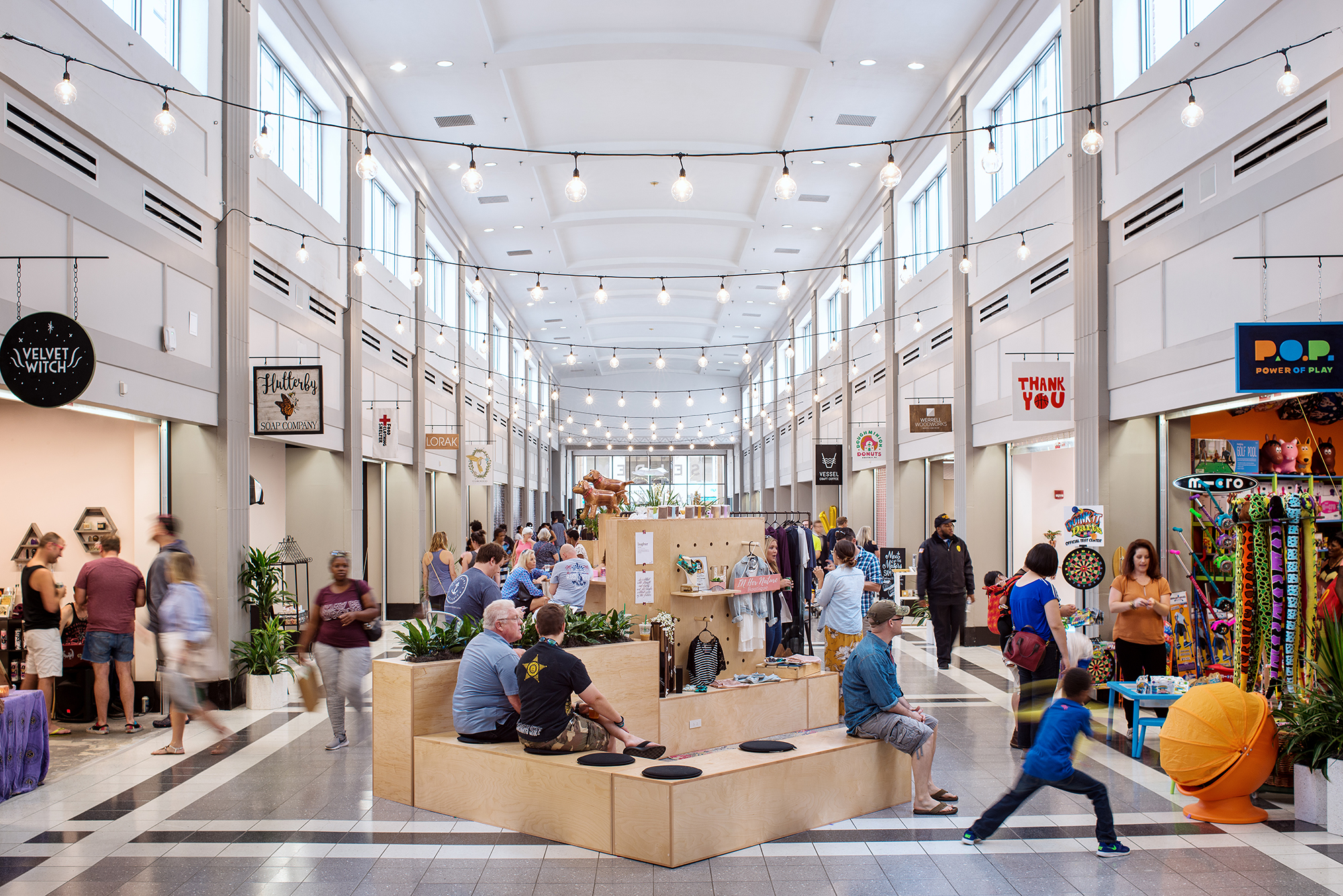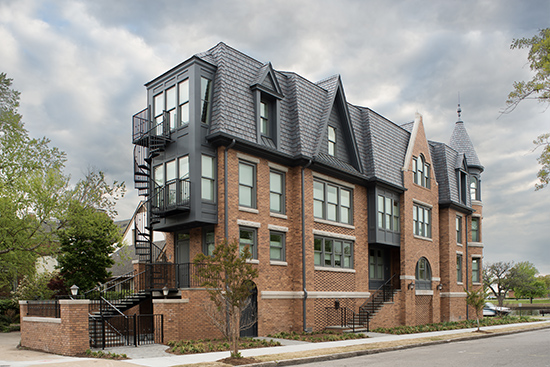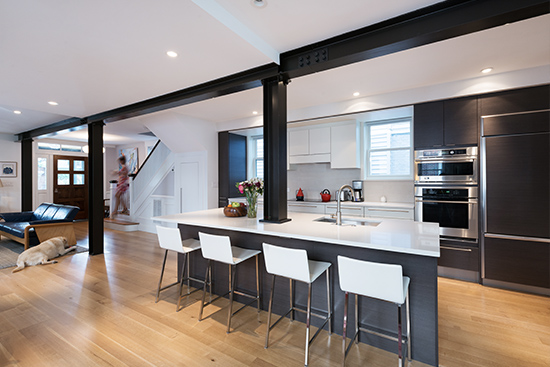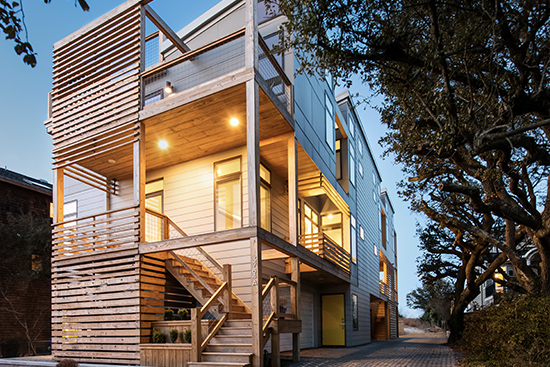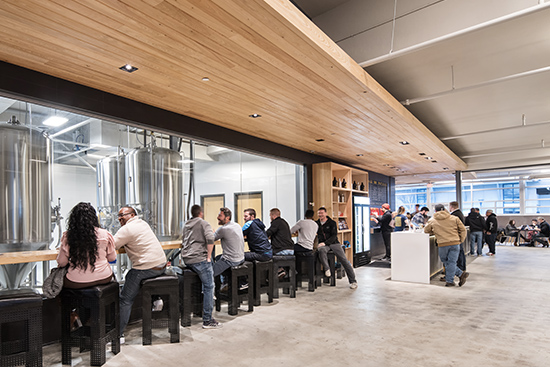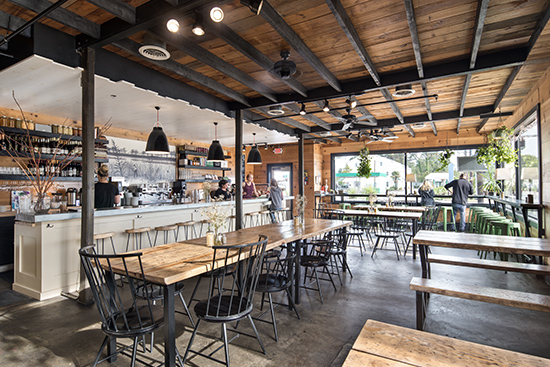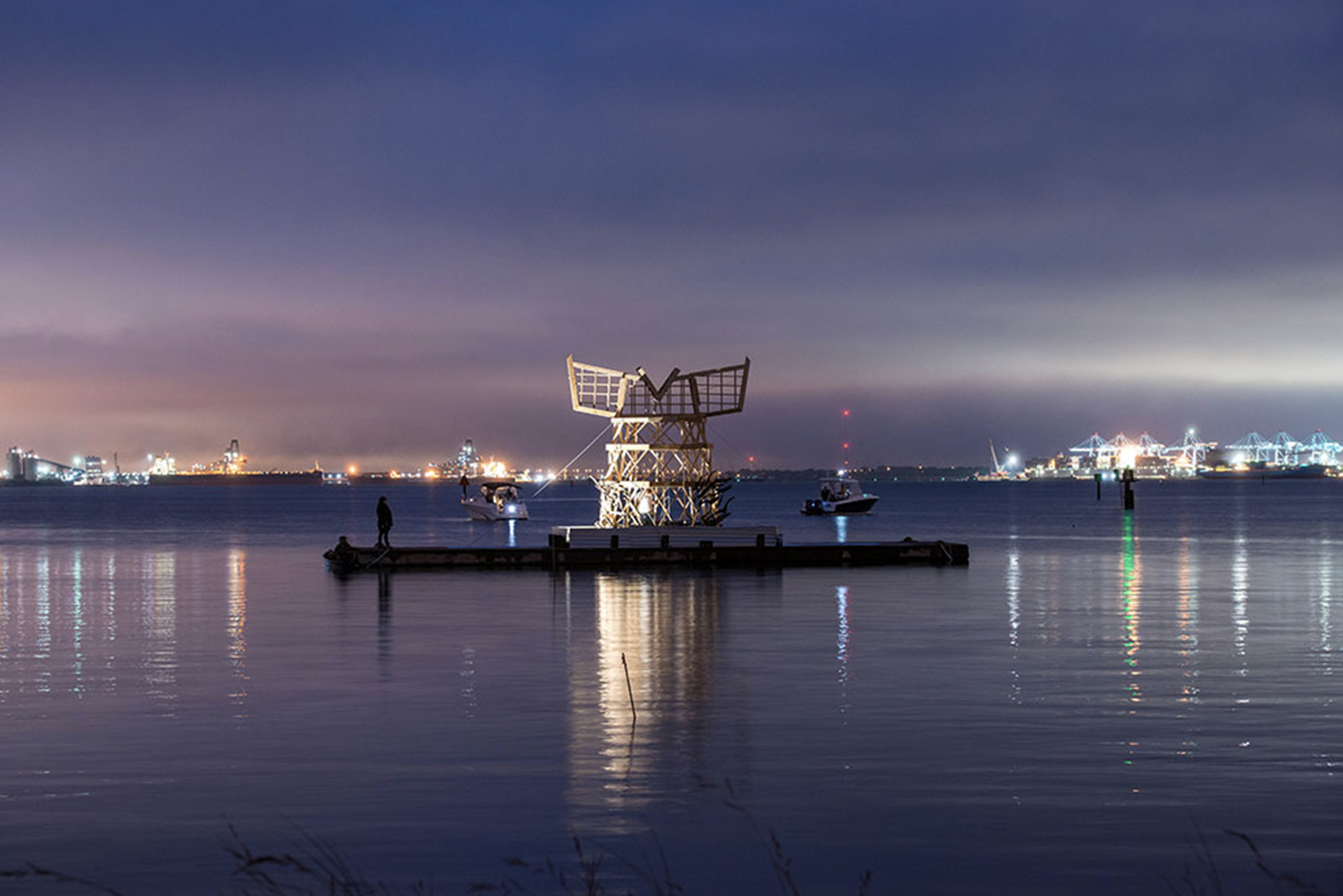Owner
Location
PROJECT DESCRIPTION
The Hermitage Museum & Gardens is located on a 12.5-acre peninsula of property extending into the Lafayette River in the historic Lochhaven neighborhood of Norfolk, Virginia. Formerly the estate of William and Florence Sloane, prominent New Yorkers who came to the region in 1893 to operate textile mills, it is now the site of an American Alliance of Museums (AAM)-accredited and Smithsonian-affiliated Museum. The Museum and Gardens houses works spanning over 5,000 years and it has become recognized for its contemporary exhibitions, site-specific interactive installations and sculpture programs, and immersive performance experiences both inside the museum and throughout the grounds.
In 2019, WPA was engaged to facilitate the development of the Museum’s Master Site Plan (MSP) – the document that guides strategic planning for the next ten years. A series of listening sessions were convened to gather input from a wide variety of stakeholders, community leaders, and constituents, culminating in the presentation of the MSP and its approval by the Board. The purpose of the Master Site Plan is to illustrate key efforts to protect, preserve, and better use every aspect of the Museum and its grounds. This includes its historic structures which house the art and artifact collection of the Sloane Family, its educational venues including the Visual Arts School (VAS), its living collection of historic herbaceous plantings and trees, and its tidal wetlands. As stated in the Strategic Plan, “this wide-ranging vision for the campus of the future offers the visual tools needed to reengage current members and constituencies while enlightening new audiences to (its) possibilities and potential.”
Many aspects of the MSP are currently completed or underway, with a primary goal of enhancing the visitor experience. Projects include restoration and improvements in the historic Sloane family residence, renovation of the Visual Art School (VAS) and surrounding landscape, establishment of new pedestrian pathways, enhancement of views to the surrounding Lafayette River, repair of the historic bulkhead at the south lawn, living shoreline and wetlands restoration on the east and west sides of the property. Plans for later phases include the renovation of the Water Tower Building, new boardwalk construction, increased wayfinding and interpretive signage, front entrance improvements, new interior and site lighting for safety and accessibility, new garden shed building, Museum building improvements to systems and storage, fortifications for south lawn resilience, landscape, and parking improvements for front lawn.

